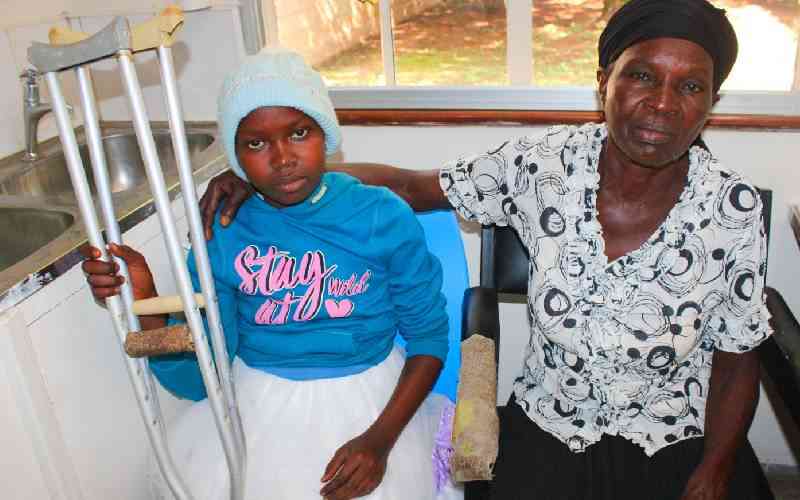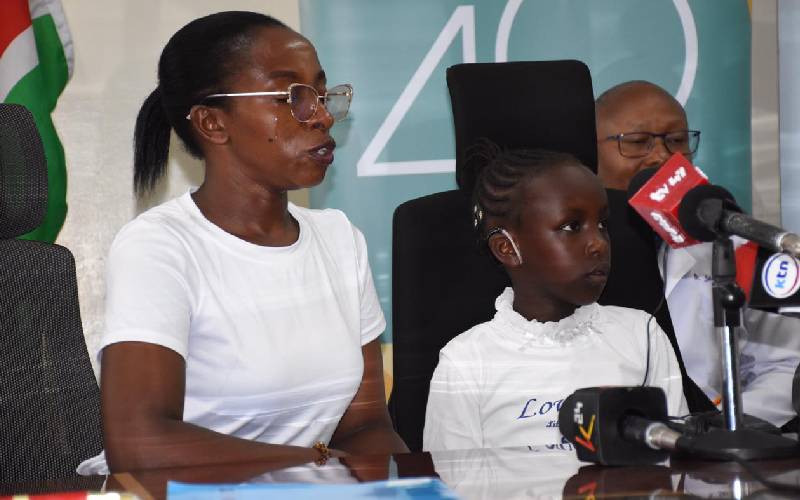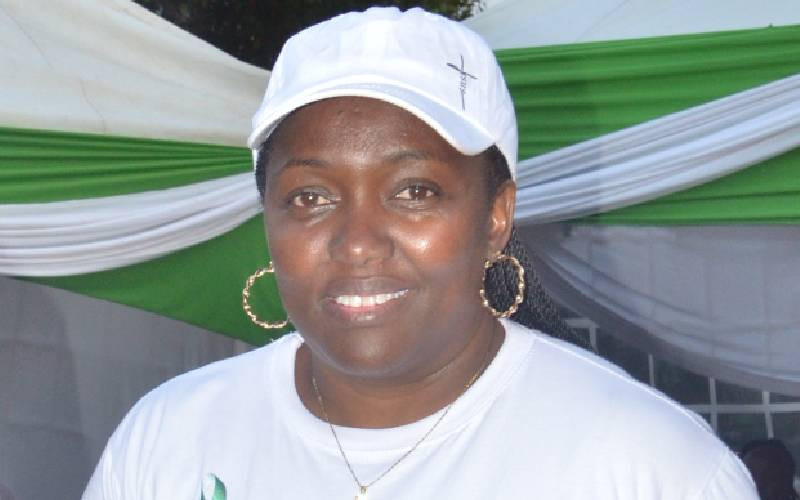Unfriendly regimens for Antiretroviral Therapy (ART) have been mentioned as one of the reasons viral suppression among children has been lower than in the general population.
Ministry of Health officials explained that changes had to be made to improve the numbers.
According to the 2018 Kenya Population-Based HIV Impact Assessment report (Kenphia), viral suppression stands at 67.1 per cent for the 0 to 14 age group. This is compared to 90.6 for adults aged between 15 and 64, and 88.4 per cent for the general population.
Peter Cherutich, who heads the prevention department in the Ministry of Health, noted that treatment for children is a challenge.
“For long, we did not have good regimens for children, but now we have single doses and syrups,” Dr Cherutich said.
National Aids and STI Control Programme (Nascop) boss Catherine Ngugi noted that necessary changes were put in place during the survey.
“As at February this year, the viral suppression stood at 83 per cent,” Dr Ngugi said.
She said some of the regimens were bitter for children and a switch had to be made to Dolutegravir (DTG), which is recommended for children by the World Health Organisation.
According to the report, the prevalence of HIV among children stands at 0.7 per cent, with 7,000 cases of mother-to-child transmission recorded in 2018.
There are currently about 139,000 children living with HIV.
Ngugi also noted that the reason behind the poor viral suppression in children is that women, when pregnant, rarely go for antenatal clinics.
“If they go, they do so very late and they will not go for all the recommended four clinics,” she said.
According to Kenphia, the target of 90 per cent antenatal clinic attendance among pregnant women was not achieved in five counties: Mandera, Wajir, Garissa, Samburu and Marsabit.
 The Standard Group Plc is a multi-media organization with investments in media
platforms spanning newspaper print
operations, television, radio broadcasting, digital and online services. The
Standard Group is recognized as a
leading multi-media house in Kenya with a key influence in matters of national
and international interest.
The Standard Group Plc is a multi-media organization with investments in media
platforms spanning newspaper print
operations, television, radio broadcasting, digital and online services. The
Standard Group is recognized as a
leading multi-media house in Kenya with a key influence in matters of national
and international interest.











